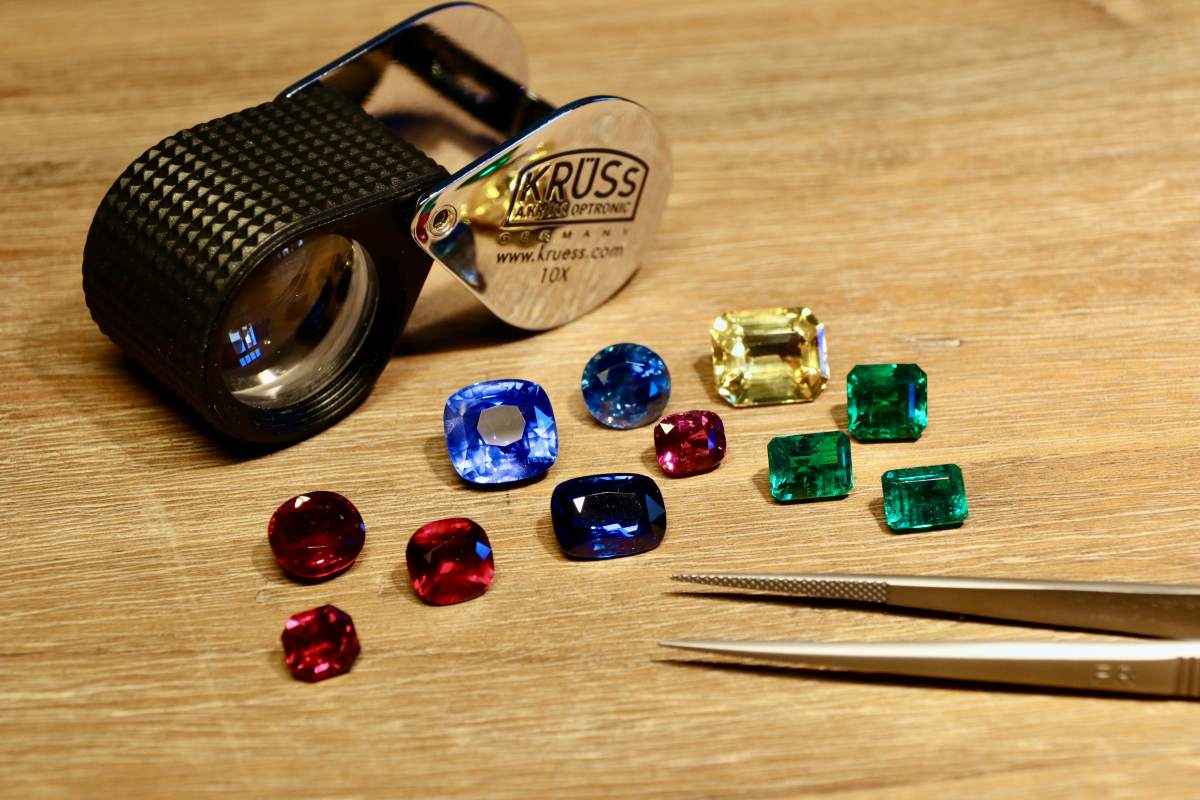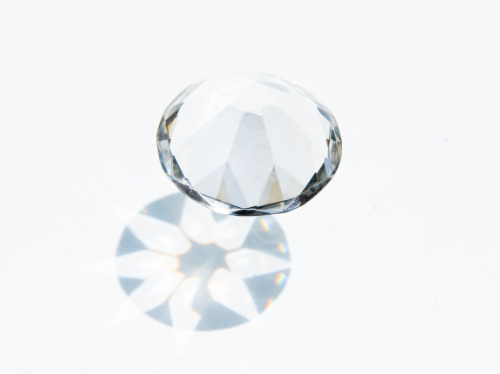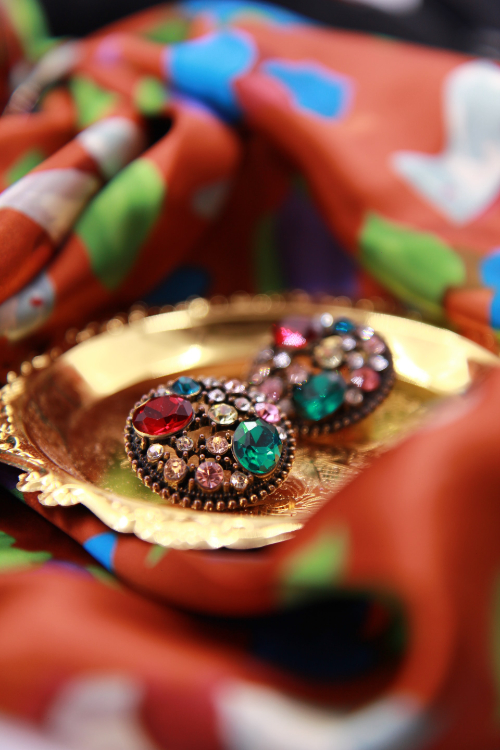Knowledge
24.01.2022 Synthetic and artificial gemstones
Genuine gemstones are valuable and a good investment. But what does “genuine” actually mean?
Besides the general question of how to distinguish “gemstones” from “precious stones,” the question of genuineness usually concerns natural gemstones versus artificial, “man-made” gemstones from the lab.

Recognize & determine real natural gemstones
Even experts often have difficulty recognizing “real” gemstones or correctly classifying a gem. While a specialist’s trained eye can distinguish gemstones from crude fakes or imitations, determining a piece’s treatments or origin can be complicated without laboratory analysis.
Ruby and spinel are a classic example of how similar gemstones can appear. Until around 1800, it was impossible to distinguish red spinel from ruby based on mineralogy.
In fact, some of the most famous “rubies” on Earth are actually spinels. One of the most prominent examples is the “Black Prince’s Ruby” in the British Imperial Crown. Contrary to its name, it is not a ruby, but a red spinel. The “Black Prince’s Ruby” in the British Imperial Crown, contrary to its name, is not a ruby, but a red spinel.
Today, distinguishing the two gemstones is simple: Spinel is single refractive, while ruby is double refractive.
To ensure that you are buying a natural gemstone, you should only purchase stones with a certificate from an independent gemological laboratory. A gemstone certificate proves the mineral group and states whether the gemstone is natural or lab-grown. It also addresses treatments and origin.

“Fake” gemstones: Imitation or synthesis?

The first distinction to be made with artificial gemstones is whether it is a synthesis or an imitation.
A gemstone synthesis is a crystal that is chemically identical to the natural stone but was produced in a laboratory. An imitation, on the other hand, is made of a different material and has different chemical and/or physical properties than the natural material being imitated.
Thus, a synthetic ruby is chemically a “real” corundum, while an imitation merely mimics a gemstone’s appearance. Imitations may be made of colored glass or other similar-looking, cheaper materials.

Synthetic Emeralds: Artificial Beryl
The initial work on artificially producing beryl, and thus emeralds, occurred as early as 1848. Emeralds were first synthesized on a commercial scale using a flux process in the 1930s at the IG Farben gemstone factory in Germany by Jaeger and Espig.
Various processes involve melting base materials, including beryllium oxide, aluminum oxide, silicon oxide, and lithium chromate (for coloring), as well as fragments of natural emeralds. Then, new emerald crystals form around seed crystals as the mixture cools.
These emeralds can be distinguished from natural emeralds by the flux residue in the stone and the general pattern of inclusions.
Natural emeralds always contain water. Those made by the flux method are completely free of water. Those made by the hydrothermal method contain water with different properties than naturally included water.
Therefore, distinguishing between “natural” and “synthesized” emeralds is very easy in a laboratory setting.


Synthetic Ruby & Sapphire: Corundum out of the lab

Rubies and sapphires have been produced artificially in laboratories for nearly 150 years. The first synthetic corundum was produced in 1877 by the French scientist Edmond Frémy. Soon after, chemist Auguste Verneuil developed a method to produce corundum on a larger scale.
Using the Verneuil method, named after Verneuil, synthetic rubies and sapphires can be produced in almost any color, ranging from colorless to yellow, orange, green, blue and red.
In addition to the Verneuil method, synthetic sapphires and rubies are successfully produced using flux methods and other technologies. All methods start with molten aluminum oxide, which crystallizes on “seed crystals.” In the hydrothermal process, additional work is carried out under overpressure.
However, it is possible to distinguish lab-grown minerals from natural corundum. Synthetic corundum shows curved growth streaks, streaky color zoning, gas bubbles, and inclusions of the flux used. These can be seen under a microscope.

Synthetic diamonds
Since the mid-1950s, diamonds have also been produced in laboratories. Even synthetic diamonds produced using the latest processes can be easily distinguished from natural diamonds by experts.
While synthetic diamonds were initially used mainly in industrial contexts, artificial “lab-grown diamonds” are now being marketed as inexpensive gemstones.


Thinking of Buying Synthetic Gemstones?

Unlike natural gems, synthetic gemstones are mass produced and have no special value. They are suitable for jewelry, but not as an investment.
If you want to buy gemstones as an investment, always purchase natural, untreated stones of the highest possible quality with certificates from internationally recognized gem labs and institutes.
The most interesting stones are the big three cardinal color gemstones: ruby, sapphire, and emerald. These gemstones are stable in value and can be expected to increase considerably in value in the long term.


